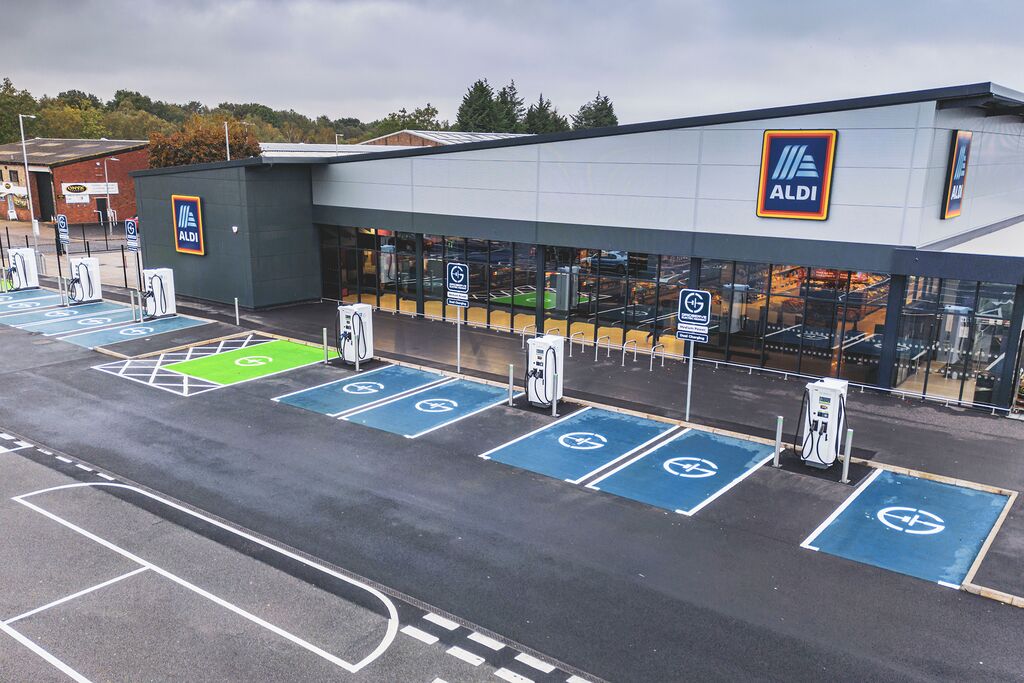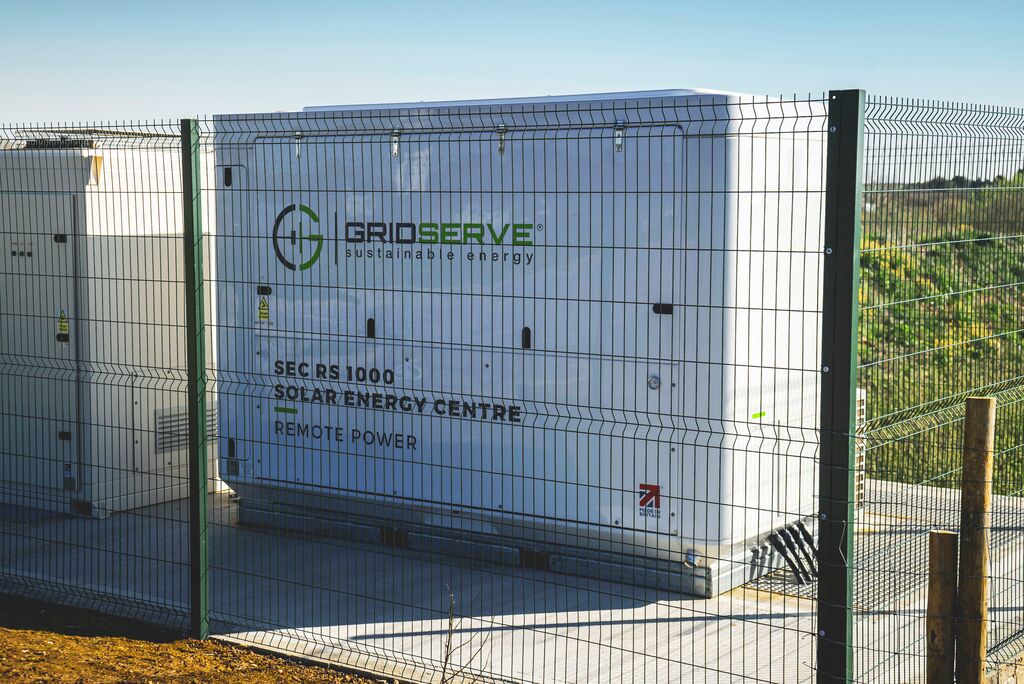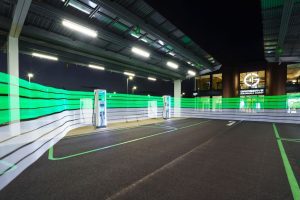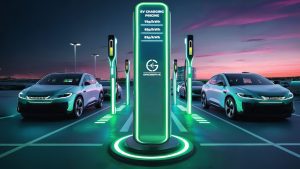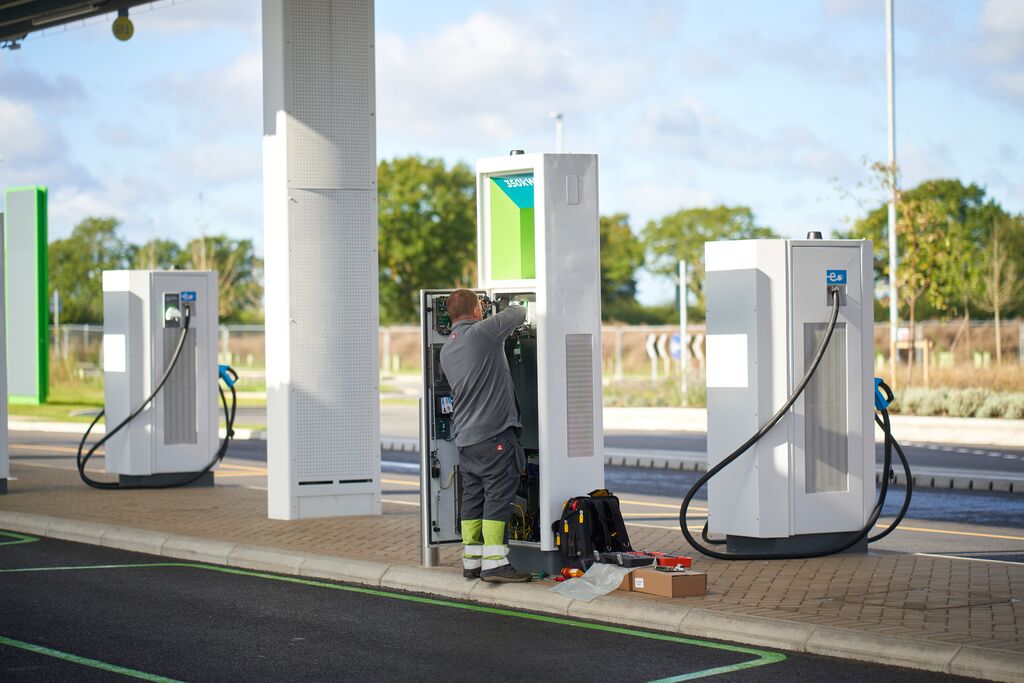

Let’s start with the basic answer to this question: EV charger installation is not cheap.
For more than a century, the internal combustion engine has literally shaped our world. So shifting that world, with all that embedded capital expenditure, complexity and commercial might, in the space of a few years, is a big challenge.
Yes, an electric car charger installed on its own isn’t going to break the bank but the reality of installing electric car chargers up and down the country to provide electric vehicle owners with a quick, convenient and reliable network of rapid chargers requires sizeable investment.
And that’s not just in terms of the electric car charger cost itself but also the associated requirements for electric car charger installation. We’re talking finding sites, planning, installing, commissioning and then operating the EV charging station.
Let’s dig into the whole process a little more.
Finding EV charging sites
The first part of any electric car charger installation is finding the sites. The GRIDSERVE Electric Highway is constantly expanding with more electric vehicle charging points added at new and existing sites each month, meaning the hunt for sites is a never-ending process.
This involves scoping out locations that are suitable for EV charging, for example retail parks, fast food and coffee stops, garden centres or motorway service areas.
It’s then a case of understanding whether installing electric vehicle chargers here makes good sense. How busy is the site? What other EV chargers are nearby? What are the amenities on site? And what is the local population size?
This is then balanced against the EV charger installation cost, for example what will rent be, what construction is needed and how many chargers (and what type of EV charger) should be installed.
Planning to install EV chargers
Once a site is identified and before construction can start, the GRIDSERVE legal team is tasked with negotiating a complex ecosystem of land owners, adjacent business owners, local and central government, plus the all-important Distribution Network Operators (DNOs) to make this happen.
All this work can take several months and obviously comes with an associated resource cost before you even get to the hardware installation.
The biggest obstacle is reaching agreements with the DNO. DNOs are the companies licensed to distribute electricity in specific areas of the UK – no energy means no new electric car chargers. While that makes the DNO the ultimate arbiter of timelines, it’s entirely possible for any one of the stakeholders listed above to put the handbrake on a project like this.
Some, like Moto Rugby are plain-sailing and can take a matter of months to be switched on, while others like Moto Ferrybridge can drag their feet through paperwork and approvals for what seems like eternity (in reality, sometimes a year or more), thus delaying the roll-out of EV charging infrastructure.
GRIDSERVE is developing lots of innovative ways to work around these external factors, both with new processes and new technology. Moto Ferrybridge, for example, originally featured a temporary microgrid that used second-life batteries and vegetable oil to energise the site long before a grid connection was available. Cornwall Services uses a remote power system to harness solar energy to support the grid connection.
How is an electric car charger installed?
After paperwork is completed, the physical site of a new Electric Super Hub can be prepared in a matter of weeks, split into “contestable” and “non-contestable” works.
The former is the stuff GRIDSERVE performs directly including the civil engineering and installation of the chargers and power cabinets. The chargers themselves also don’t come cheap – after all they’re not just a box and a cable but a complex world of advanced EV technology, software and high power components. A single unit can run into the tens of thousands. When you have up to six chargers installed you can see how the price of electric car charger installation can quickly add up.
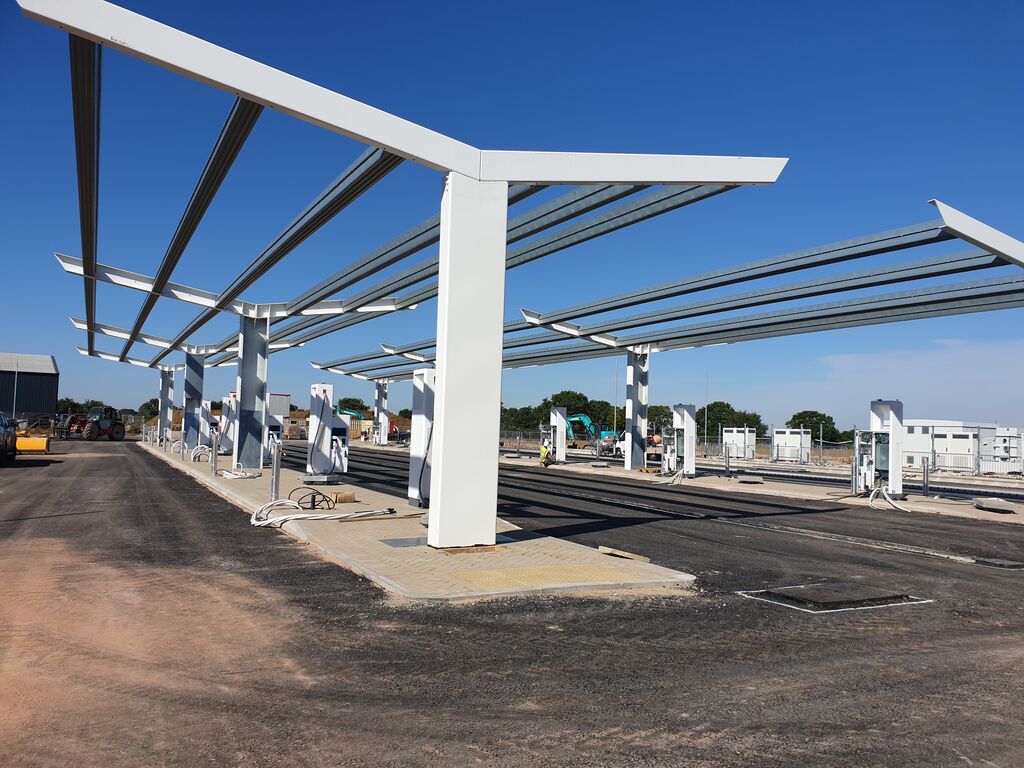
These operations have to be as clean and sustainable as possible, too, utilising things like electric diggers for any excavation work, generators powered by solar and/or vegetable oil and, of course, electric vehicles for the site team. This comes at an extra cost compared to traditional methods.
Non-contestable works cover the stuff that GRIDSERVE can’t legally do itself. For example, hitting the impressive charging speeds that the High Power chargers are capable of (up to 360kW) often needs a new powerful grid connection. And, as above, it’s the DNO that has the power to energise this and depending on the work required, the cost of installation can run into the thousands of pounds.
Commissioning charge points
With the site installed, the final stage is commissioning before customers can plug their electric cars into the EV charger. This includes not just green lighting the electric car charger but the power cabinets that balance power to each charge point and the associated electrical hardware.
The first is the sub-station which contains a transformer to ‘step down’ the voltage from the grid and a ring main unit (RMU) to provide a continuous power supply. Next up is the feeder pillar, which takes the supply of electricity from the transformer and distributes it to the chargers. And finally, there’s the SCADA cabinet which contains all the system comms for the chargers and looks like something only Alan Turing could decipher.
The commissioning checklist includes making sure charging ports are photo-documented and cross-checking serial numbers with individual payment and monitoring systems.
This process is one that’s constantly evolving with teams revising it to make every new EV charging station better, faster and more environmentally friendly.
Cost comparison with home charger installation
We’ve focused on installation costs for ultra rapid electric car chargers at public locations. But how does that compare to home charging?
First things first, the cost of installing an electric car charger at home is much cheaper and much less work is involved. You’re looking at somewhere around £1,000 for a standard 7kW home charger.
So why is that? For a start, none of the legwork in finding sites and liaising with landlords is needed because you already own your driveway. Then you can add on the fact you probably already have the power needed to support a 7kW home charger so you don’t need to pay for a new grid connection.
And there’s the charging point itself. Ultra rapid public chargers are capable of up to 360kW, which can add 100 miles in just five minutes. Your 7kW home charger will take about 8-12 hours to charge your electric car’s battery. That makes them significantly cheaper. Simply put, more power means more cost.
